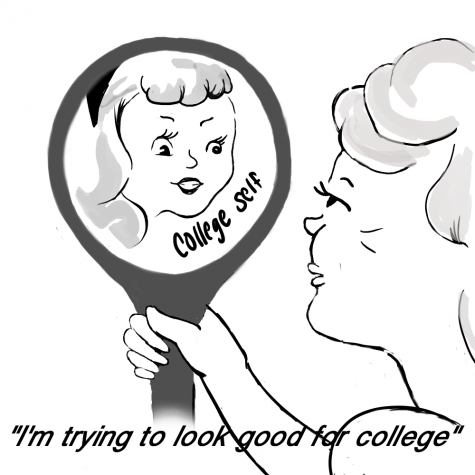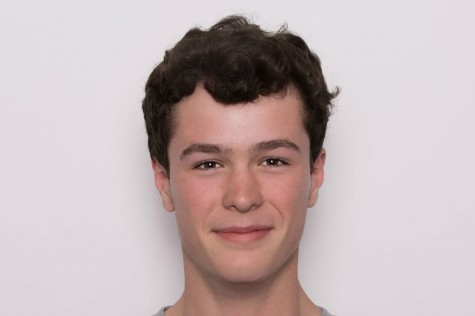Taking Too Many AP Classes is Overrated
Throughout the years, the intent of AP courses has changed dramatically. However, one constant remains the same — the content for AP level courses are meant to prepare students for college, and many colleges do accept high AP scores as college credit, which saves tuition and allows students to get a head start during their first year in college.
But as acceptance rates for colleges steadily decrease, students are feeling heavier familial and peer pressure to enroll in these Advanced Placement courses to look more competitive on their application. Just for California residents, acceptance rates to UC’s have dropped from 87 percent to 62 percent from 2007 to 2014, according to “Palo Alto Online”. Students have lost sight of the original intent of AP classes. The growing trend of students taking three or more AP courses for the sake of looking competitive is alarming and must be stopped through changes in parents’ and students’ mindsets towards college.
In the 1950s, AP classes were created as a way to bridge the gap between high school and college, and College Board officialized AP courses after taking the pilot program under its wing.
“The original point of the AP program was to make college-level study possible for advanced high school students [and avoid repeating the same classes in college],” Kristin Klopfenstein, senior researcher at U.T. Dallas Texas Schools Project said in an article by “The New York Times”. “But now, the AP program has been transformed to serve many more purposes.”
Currently, many students see the courses as ways to boost their GPAs. Colleges see AP courses as indicators of prestige. High schools see it as a signal of quality to the community and real estate markets. And all these perceptions put exceedingly undue stress on students who pile on three or more AP classes each year.
The homework policy at our school states that each AP class should take an average of an hour and half of homework every night, but for those who have more than three AP courses, homework loads exceed four hours per night. This load is much too heavy for too many students at our school and across the nation.
Students inherently spread themselves too thin when they take more than three AP courses. With students thinking that colleges would rather see more AP’s, and colleges favoring high GPA’s and students who enroll in multiple AP courses, student will suffer from an overall, unhealthy systemic issue surrounding AP courses. Although counselors at our school do not push students to take AP’s, there are many factors out of the school’s control that continue to perpetuate students’ desire to load up on AP courses.
“My parents are actually really laid back,” sophomore Javin Pombra said. “They’re like, ‘As long as you do your best, you’re fine.’ The only pressure I have is from my sister. My sister goes to the University of Chicago, and she’s super smart, so I guess [I try] to compete with her… [but] I don’t really have peer pressure.”

It is factors like Javin’s that continue to create a cycle of excess and overworking — every student has an array of reasons to take multiple AP courses in school, and many are willing to brave the pressures in order to boost their GPAs or place themselves into more competitive positions for elite college admissions. However, students need to wake up and see AP courses for what they really are: an opportunity to explore one or two subjects that they really care about per year. AP courses were not designed to create sleepless nights and unnecessary burdens on the adolescent mind, but rather to further opportunities and allow students to excel in their passions.




